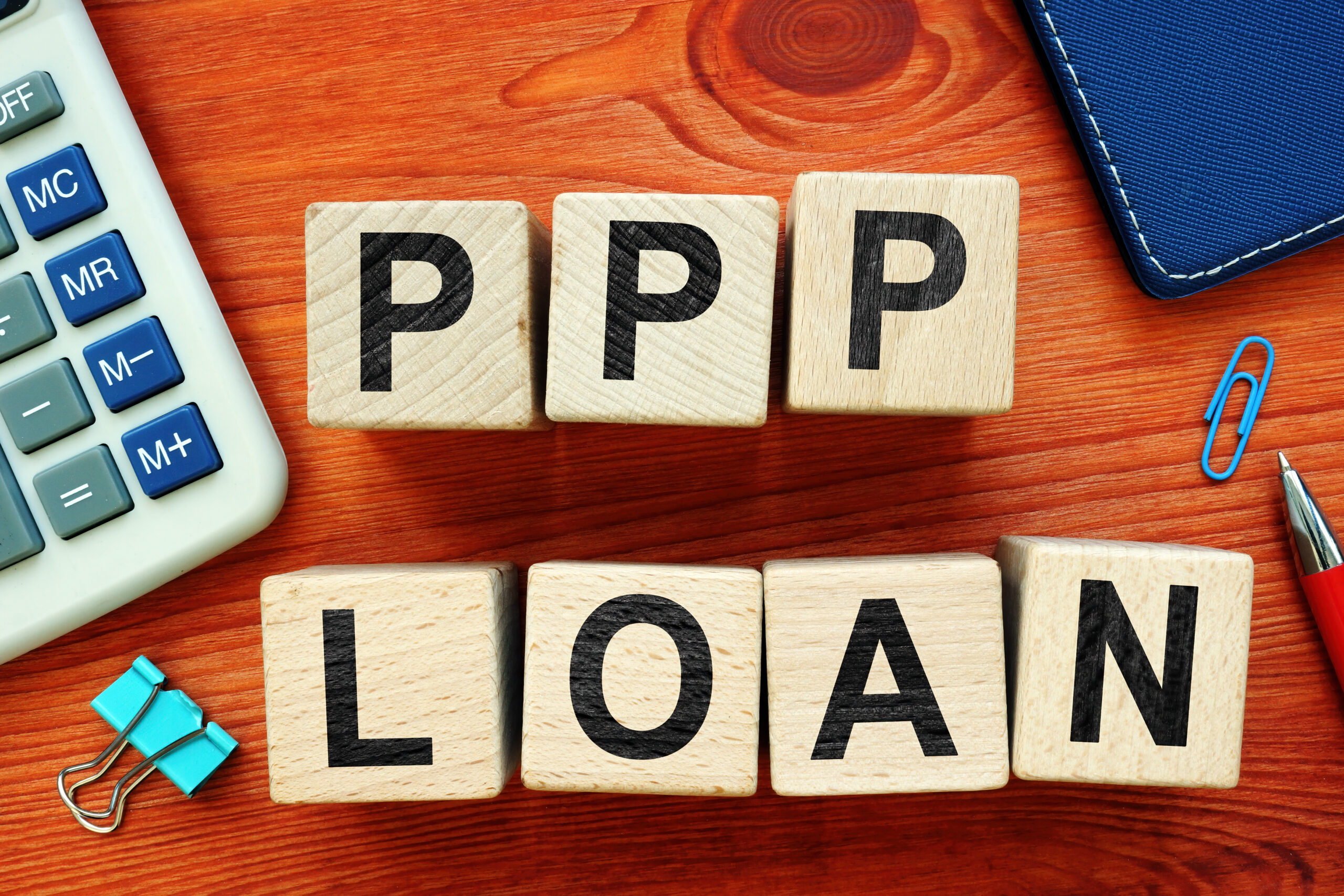
IRS Confirms Nondeductibility of PPP-funded Expenses
The CARES Act provides that any forgiven PPP loan amount should be excluded from gross income for federal tax purposes. But the CARES Act did not expressly address the tax treatment of expenses paid with the forgiven funds. Businesses have been left to wonder whether they could not only receive tax-free funding but also potentially deduct the expenses paid with that funding for a double benefit.
New Guidelines Provided
With the recent release of much-anticipated guidance, the IRS confirmed in Rev. Rul. 2020-27 that otherwise deductible business expenses paid with forgiven Paycheck Protection Program (PPP) funds cannot be deducted for federal tax purposes. The non-deductible treatment applies for any payment of eligible PPP expenses to the extent of the loan forgiveness.
- Business with partial loan forgiveness: If a business only has partial forgiveness of its loan, it may still have deductible expenditures attributable to the non-forgiven portion.
- Business with entire loan forgiveness: The net result for a business that has its entire PPP loan forgiven should be tax-neutral for federal tax purposes. The forgiveness is not taxable, and the expenses paid with the forgiven funds are not deductible.
Calendar-Year Taxpayers
In short, for a calendar year taxpayer, the expenses are non-deductible for year-end 2020 if there is a reasonable expectation of forgiveness, regardless of whether the borrower files a forgiveness application in 2020 or 2021 and of when the actual forgiveness occurs.
Fiscal-Year Taxpayers
Because the ruling indicates that the borrower has a reasonable expectation of the loan being forgiven, it follows logically that a fiscal-year taxpayer would look to when the expenses were incurred or paid to qualify for forgiveness.
For example, assume a borrower with a September fiscal year-end applied for and received a PPP loan with an April loan date. Most, if not all, of the expenses were likely incurred between April and September 2020 and, therefore, should be considered as non-deductible within the September 2020 fiscal year-end tax return.
Now, let’s assume a borrower has a September fiscal year-end and the loan proceeds were received in July. The expenses used for loan forgiveness would likely span multiple tax years – fiscal year 2020 and fiscal year 2021. Accordingly, an allocation of the expenses between the two tax years would be acceptable. However, there is no guidance specifically indicating the use of this approach.
Regarding the allocation of expenses used for loan forgiveness, there are still many unknowns. Whether wages, employee benefits, rent, utilities, or interest are reduced may not matter. However, for taxpayers with a research and development tax credit, or those who qualify for a qualified business income deduction, the allocation to wages will matter. We advise our clients to plan for various possibilities and remain patient for future guidance.
Safe harbor
A safe harbor (Rev. Proc. 2020-51) allows for PPP recipients who were denied forgiveness or granted forgiveness of an amount different than expected, and who did not deduct the expenses in 2020, to deduct the expenses by either amending their 2020 tax return or deducting them in 2021.
Legislative changes may be coming
Members of Congress disagree with the conclusion that costs are non-deductible, and yet, Treasury has not reversed its decision. Also, the American Institute of CPAs is still fighting for the expenses to be deductible because they believe that was the original intent. By not allowing the deduction, Treasury is creating double taxation – not allowing the business the expense, but employees are picking up the wages on their personal tax returns. There is hope that this will be changed in a stimulus package from Congress if one is ever agreed upon.
Through the last eight months of the PPP landscape, we’ve learned two truths. The first is that patience is usually the most prudent path forward. The second is not to make an irreversible decision until it is necessary. Consult your Yeo & Yeo professional as you plan for the various outcomes of the PPP program.